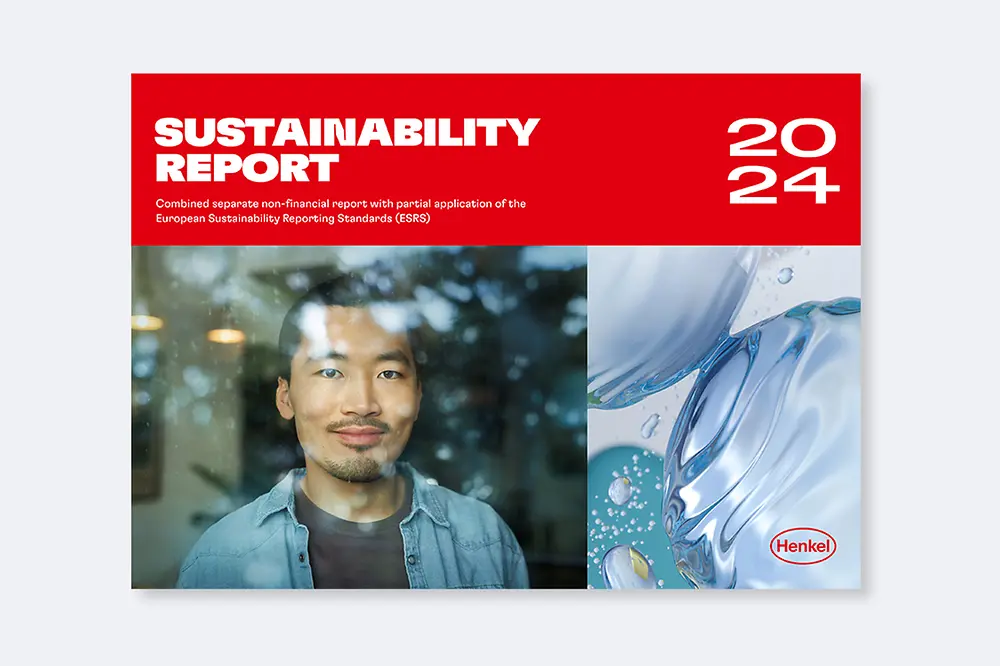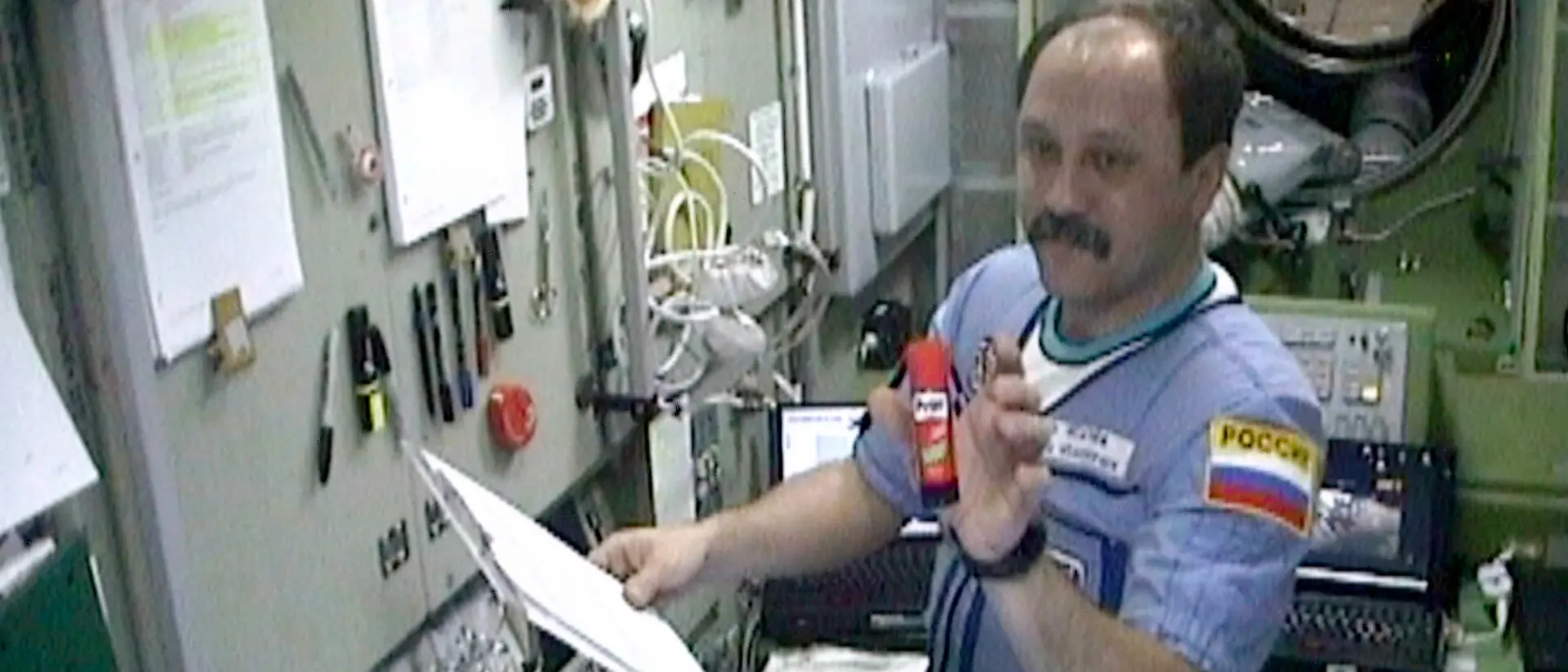Learn more about Henkel Brands & Businesses in UK & Irelands: Includes useful information about the brands, technologies and latest innovations in our business areas: Henkel Adhesive Technologies and Henkel Consumer Brands.
How solutions from Henkel Adhesive Technologies support space exploration
Creating adhesives for use on Earth has its own set of challenges. But how does it compare to making solutions that will be used in outer space? At Henkel, our experts manufacture adhesive products that are integral for industries including packaging and e-mobility – and they also make solutions for space exploration. In 2011, for example, solutions from Henkel Adhesive Technologies played a vital role in enabling the rover Curiosity to make its mission to Mars and help determine if the planet could sustain life. The rover was about three times the size of a regular rover because it needed to gather a huge amount and variety of information. That meant it required a special maneuver to land that involved a robotic sensor-arm, which helped guide the rover to safety. The arm was attached to the rover using a Henkel adhesive.
Innovative materials from Henkel are also found in large and small satellites that provide a complete view of the Earth – and of outer space too. Our solutions support several areas of satellite design and structure, including antennas, sensors and solar cells. Structural films, thermal interface materials and electrically conductive adhesives from Henkel are instrumental in making satellites more reliable and durable in space. But how are these adhesives developed?
Dr. Rita Mohanty, technical expert in adhesives for spacecraft at Henkel, knows the challenges that adhesive solutions need to overcome so they can go into space. For over 25 years, she has worked developing materials, assembly equipment and process solutions for electronics – including components and devices that are used in spacecraft and satellites. As an application engineering expert for thermal management and electronics assembly materials at Henkel, she provides insights into the biggest differences between adhesives made for Earth and for space.
Rita, what are the performance requirements for adhesives used in space and how do they compare to requirements for adhesives used on Earth?
We need to consider several environmental aspects of space when developing new solutions for spacecraft and satellites. The gravitational force in space is very different from Earth, for example. And the adhesive needs to be able to operate in a vacuum, so any adhesive that needs air to activate will not work in space.
Temperatures in space reach extreme highs and lows depending on the distance from the sun – from several hundred degrees Celsius down to hundreds of degrees below freezing. This temperature range is very different from Earth, where the maximum high temperature that was ever recorded was roughly 60 degrees Celsius and the lowest temperature around -90 degrees. That means the adhesives that we develop for space are designed to survive more extreme temperatures than adhesives that are used on Earth.
Radiation is another environmental condition in space that has an impact on how we design adhesives. Radiation has a detrimental effect on people and objects. Spacecraft are exposed to radiation on all sides, so space adhesives must be able to withstand radiation while still achieving excellent performance and reliability. Adhesives also need to be very strong so they can withstand vibrations and high gravitational force during launch and in space. The gravitational force during launch can be up to ten times stronger than it is on Earth.

The adhesives that we develop for space are designed to survive more extreme temperatures than adhesives that are used on Earth.
Dr. Rita Mohanty, Senior Scientific Principal at Henkel Adhesive Technologies
Here on Earth, how do you test products for space?
We cannot simply recreate the space environment on Earth. But scientists and engineers can use scientific modeling and simulations to create the right testing conditions for predicting how materials will perform in space. This is similar to the way astronauts use simulators to prepare for space travel. Many tests are carried out internally with specialized equipment, while other tests can only be run by a handful of laboratories around the globe. Additionally, the solutions must meet official standards set by agencies such as NASA. For this reason, a comprehensive range of tests and simulations must be conducted to make sure an adhesive performs well in space. It can take up to three years to develop a new solution for space.

Spacecraft are exposed to radiation on all sides, so space adhesives must be able to withstand radiation while still achieving excellent performance and reliability.
Dr. Rita Mohanty, Senior Scientific Principal at Henkel Adhesive Technologies
Are there any adhesives that work the same in space as they do on Earth?
Yes, one example is an adhesive that many of us have held in our hands before: our Pritt stick! Whether it’s used for crafting projects at home or up in space, Pritt is a true allrounder. And there’s a simple reason why the adhesive works the same in space as it does on Earth: Pritt glue sticks do not need any activation or curing. That makes them a great asset to use in space because the vacuum has no impact on the adhesive’s application or performance. For this reason, astronauts included Pritt in the toolbox for small repairs that they took to the European Space Laboratory in 1985. The astronaut Ernst Messerschmidt, for example, used Pritt and paper to cover up an air vent because of its strong airflow.
INNOVATION
UNDERSTANDING CHANGE, SHAPING THE FUTURE
Every innovation starts with an extraordinary idea. But an idea is only the first step. A leap forward in innovation requires more. It takes an idea that excites – the market, consumers, or our customers. The key to sustainable growth and prosperity are innovative products and technologies that address challenges, bring about change and achieve visions.
SPOTLIGHT
MAGAZINE
MAGAZINE
Discover our features with stories and expert insights on innovation, sustainability, digitalization and Henkel’s pioneering culture.








